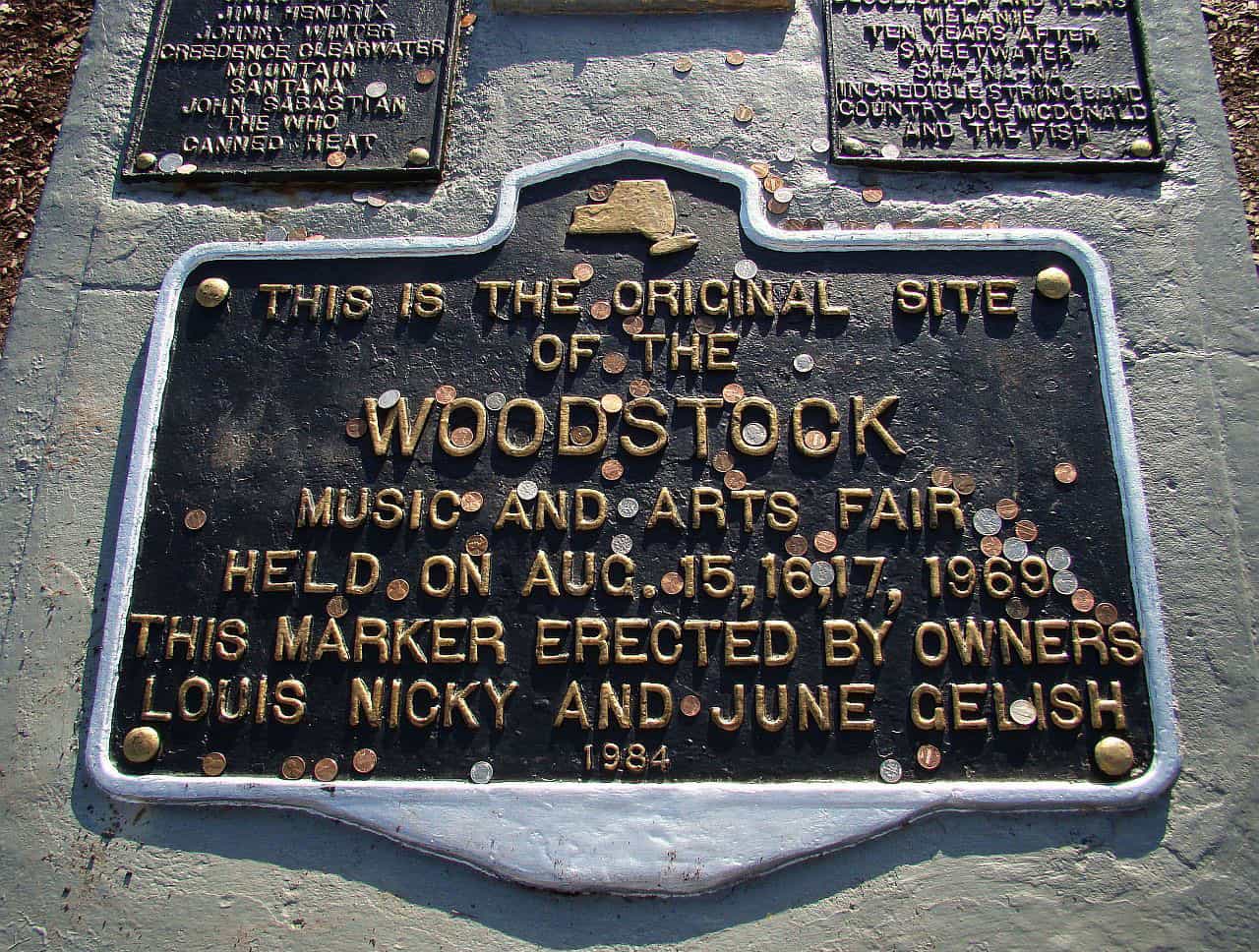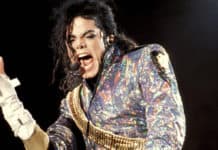 Forty-eight years ago, The Woodstock Music & Art Fair rocked into the history books.
Forty-eight years ago, The Woodstock Music & Art Fair rocked into the history books.
The three-day event featured 24 rock bands—including The Who, The Band, Santana, CSNY, Janis Joplin, Joe Cocker and Jimi Hendrix—and became the most legendary music festival of all time. Woodstock now symbolizes the best of the “hippy” counter-culture movement of the 1960s, while also being known as one of the worst-executed events in pop culture history. Why? Bad decisions and rookie mistakes. Woodstock’s producers made some colossally terrible logistical choices.
They knowingly gave false projections
To make the concert a reality, the four Woodstock Ventures principals needed to find an outdoor venue big enough for a target crowd of 250,000. The problem was that no one wanted a quarter of a million pot-smoking hippies on their land. So, the Woodstock promoters told Bethel, New York, farmer Max Yasgur that they wanted to lease 600 acres for $75,000 (true) and an audience of about 50,000 (false). They concealed that 150,000 tickets were already sold, and that they hoped to sell 100,000 more. Why lie? They were stuck in a catch 22; the concert was just weeks away and they were desperate for an event site. From the start, they were in over their heads.
They didn’t balance the budget
“It’s hard to marry money and smiles,” 26-year-old Woodstock co-promoter Artie Kornfield said after the event, a money-pit that became a free event when crowds knocked down fences to get in. But box-office losses only partially explain why the producers made payment promises they couldn’t keep. There were unexpected expenses for power, telephones, limousines, helicopters, emergency food and medical supplies. The producers’ talent budget was $180,000, but the actual total exceeded $300,000. When Jefferson Airplane found out that Jimi Hendrix was getting paid twice as much, all hell broke loose. Bands started demanding payment before stepping on stage, so panicking promoters had to quickly scare up lots of cash. They begged a local banker to put up the money, using a $1,000,000 trust fund as collateral.
They failed to implement important revenue streams
Fact: touring bands make more money on merchandise than concert tickets and venues make a mint on concessions. Woodstock should have been a goldmine, but promoters didn’t think to sell souvenirs with Woodstock’s globally revered dove-and-guitar logo. No t-shirts, no posters, no Bic lighters, no beer coozies. And no beer. They ran out of that in a flash, along with far-too-few food concessions which alone could have reaped more earnings than tickets, which weren’t sold on site because ticket booths weren’t installed in time, making it a free event by default. When a burger stand ran low, it quadrupled its prices—festival-goers revolted, burning the stand down. A free-food collective fed some 190,000 people until they ran out, too. A local Jewish group rushed to the scene to give away deli sandwiches until the U.S. Army air-lifted in food, water, medical teams, and even performers.
They ignored all logistical basics
Transportation, crowd control, security, site management, food, shelter and health needs were all afterthought—and all failed miserably. The crowd far exceeded what the country roads could handle. Traffic gridlocked extended for 10 miles, worsening when people abandoned their cars to walk. State police closed highway exits to stop more cars from coming. Opening acts were stuck in traffic. With so many bands MIA, Richie Havens filled in. When he ran out of songs to play, he improvised more to keep the crowd pacified; a festival worker killed time by leading the crowd in yoga exercises. Information on the ground was nonexistent or useless; signs pointed to “Groovy Way,” “Gentle Path,” and “High Way.” Instead of hiring off-duty police to provide security, producers cut corners by using a beatnik “Please Force” led by Wavy Gravy in a Smokey the Bear suit. The health department reported 5,162 medical cases. Due to the chaos and a lack of basic amenities, Governor Nelson Rockefeller declared the festival a disaster area.
They forgot that **** happens, literally
Here’s the straight poop: Yankee Stadium has one toilet for every 62 fans, while Woodstock had only one toilet for roughly every 3,300 concertgoers. With woefully insufficient sanitation in place, potty lines were a mile long, forcing desperate people to improvise outside. That mess plus the outhouse overflow became extra disgusting when rainstorms spread the sludge, turning the music fest into a bacterial mud-fest. Onstage, things became life-threatening. Joan Baez and Ten Years After sang during epic thunderstorms, despite being warned of possible electrocution. And then the wheels came off. Literally. Producers thought they were clever to build a revolving stage to accelerate band set-ups, but it collapsed under its own weight. What goes around, comes around…until that last straw.
Instead of reaping a fortune from ticket sales, merchandise and concessions, Woodstock Ventures was $1.3 million in debt following the event. “The energy was a success,” said Woodstock’s managing director, John Morris. “The wherewithal was massacred.”










